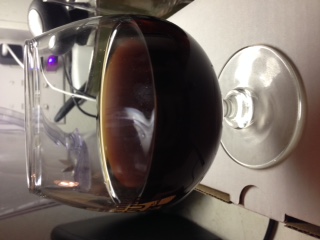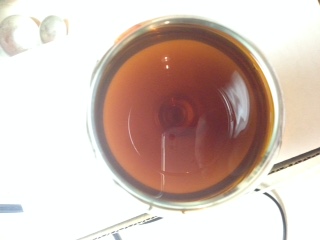brewsitorloseit
Member
- Joined
- Sep 4, 2014
- Messages
- 13
- Reaction score
- 2
Ugh, I don't know what happened here but it's abject failure.
I used a gallon kit from Northern Brewer for the white house honey porter.
It smells like candy, tastes like sugar water and has zero carbonation.
I used 3tbsp honey in 1/2 cup water as the bottling sugar instead of the fizz drops from the kit, was that it?
Is there some way I could have killed the yeast? It was a little bit close to the high end of the temperature range.
This is the second beer I've made so maybe I should have gone rogue on the kit instructions like that, but the first one I made ended up being pretty good and it used the honey water mix for carbonation.
But it doesn't even have a flat beer mouth feel, I'm just confused by what happened.


I used a gallon kit from Northern Brewer for the white house honey porter.
It smells like candy, tastes like sugar water and has zero carbonation.
I used 3tbsp honey in 1/2 cup water as the bottling sugar instead of the fizz drops from the kit, was that it?
Is there some way I could have killed the yeast? It was a little bit close to the high end of the temperature range.
This is the second beer I've made so maybe I should have gone rogue on the kit instructions like that, but the first one I made ended up being pretty good and it used the honey water mix for carbonation.
But it doesn't even have a flat beer mouth feel, I'm just confused by what happened.





